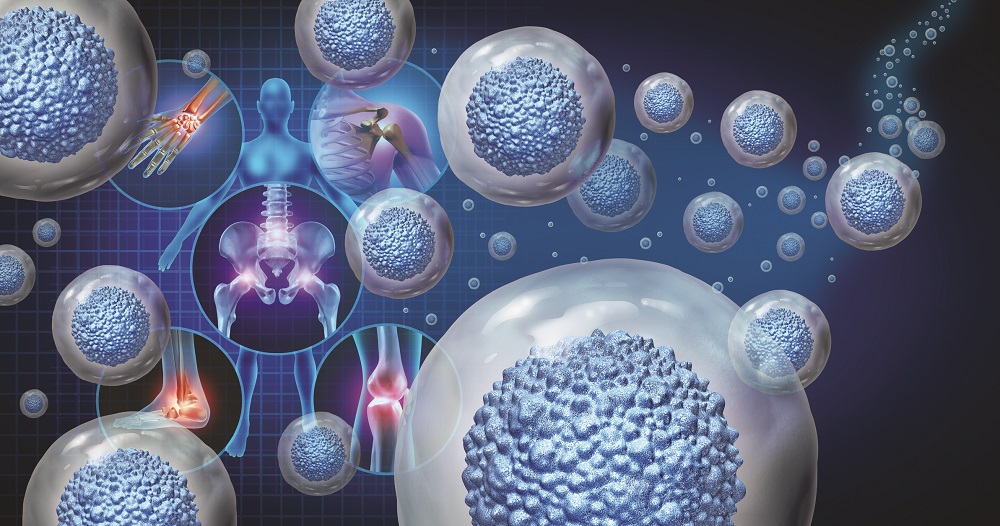Close to 3,000 stem-cell therapy clinics across the United States charge from $1,500 to $28,000 for “miracle cures” for everything from Alzheimer’s disease to chronic pain. There’s just one problem: Almost none of those indications have been proven to be effective or safe in clinical trials. In fact, they could be downright dangerous.
To learn more, Bottom Line Health spoke with Leigh Turner, PhD, a bioethicist and public health researcher who has been closely watching the rise of commercial—and questionable—stem-cell therapy clinics. Stem-cell therapies fall into a few categories:
- FDA approved. The U.S. Food and Drug Administration (FDA) has approved stem-cell therapy for certain cancers and disorders of the blood and immune system. This type of therapy, which is administered by a health-care practitioner, is very exciting and not controversial.
- Not FDA approved. Early studies are encouraging and indicate the need for further research. Academic medical centers and others are engaged in rigorous evidence-based clinical testing of a range of investigational stem-cell products. Numerous such products have had promising results in early clinical trials. However, much more research needs to be done before these applications will be ready for commercialization and routine clinical use. Furthermore, many products will not receive FDA approval because later stage clinical trials will not demonstrate convincing evidence of safety and efficacy.
- No approval needed. Some stem cell products do not require FDA approval because they are minimally manipulated, used in a homologous manner, and otherwise don’t require FDA premarketing authorization.
- Snake oil. Unscrupulous businesses are marketing purported stem-cell interventions for conditions that aren’t even being studied or for which studies are preliminary. Many businesses make dramatic marketing claims without having convincing safety and efficacy data to support their advertising representations.
The wild west
When a drug, device, or other product is FDA approved, it means that it has undergone rigorous clinical testing to ensure that it’s safe and effective, to identify risks, and to establish correct dosing and other important details.
When commercial stem-cell therapy businesses entered the market, they were exempt from FDA regulation. But in 2016, the FDA took notice of the growing industry and alerted the 351 companies that existed at that time that regulations were coming. It gave them three years to do research and prepare to adhere to FDA guidelines. But that’s not what happened.
Many of the businesses ignored the FDA’s warning, and many more rushed to enter the marketplace before the regulations kicked in. By 2021, there were 1,500 businesses operating 2,754 clinics. Unapproved stem-cell therapies are also offered in doctor’s offices, alternative medicine settings, wellness centers, and more.
Many businesses marketing unlicensed and unproven stem cell products claim their interventions do not require FDA approval, which is incorrect. Some businesses go a step farther and use their marketing to question the legitimacy of the FDA and and tap into the current of mistrust of government institutions.
Commercial activity is racing ahead of the evidence, Turner says. A company that is looking to turn a profit may choose not to wait for definitive evidence that a therapy is safe when patients are ready to pay up to $25,000 out of pocket for unproven treatments.
Risks
Because most of these stem cell providers are operating outside of the FDA, there’s no central database to track adverse events (AE)—but a number of AEs have certainly occurred. The Pew Charitable Trusts scoured peer-reviewed journals, news reports, and Google, Yelp, and Facebook, and found reports of bacterial infections, septicemia, blindness, paraplegia, pulmonary embolism, cardiac arrest, organ damage or failure, and death.


